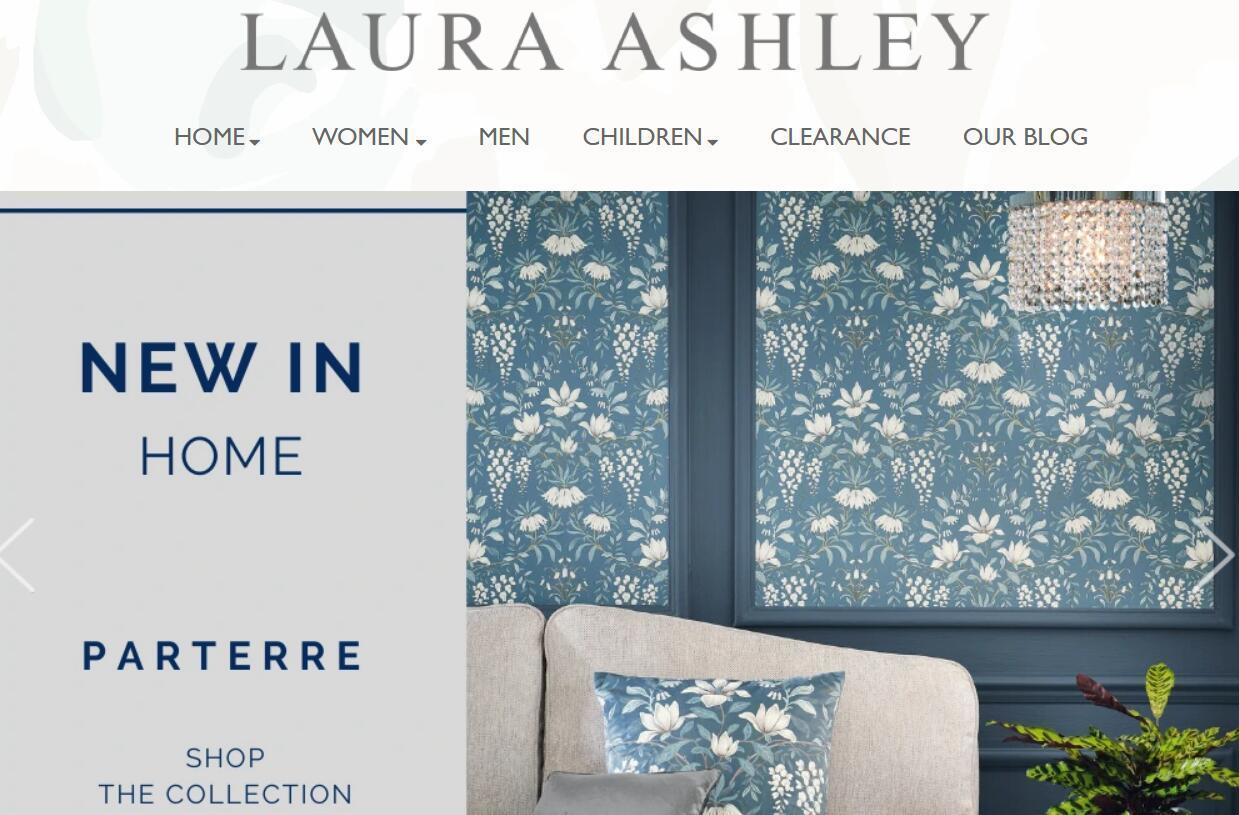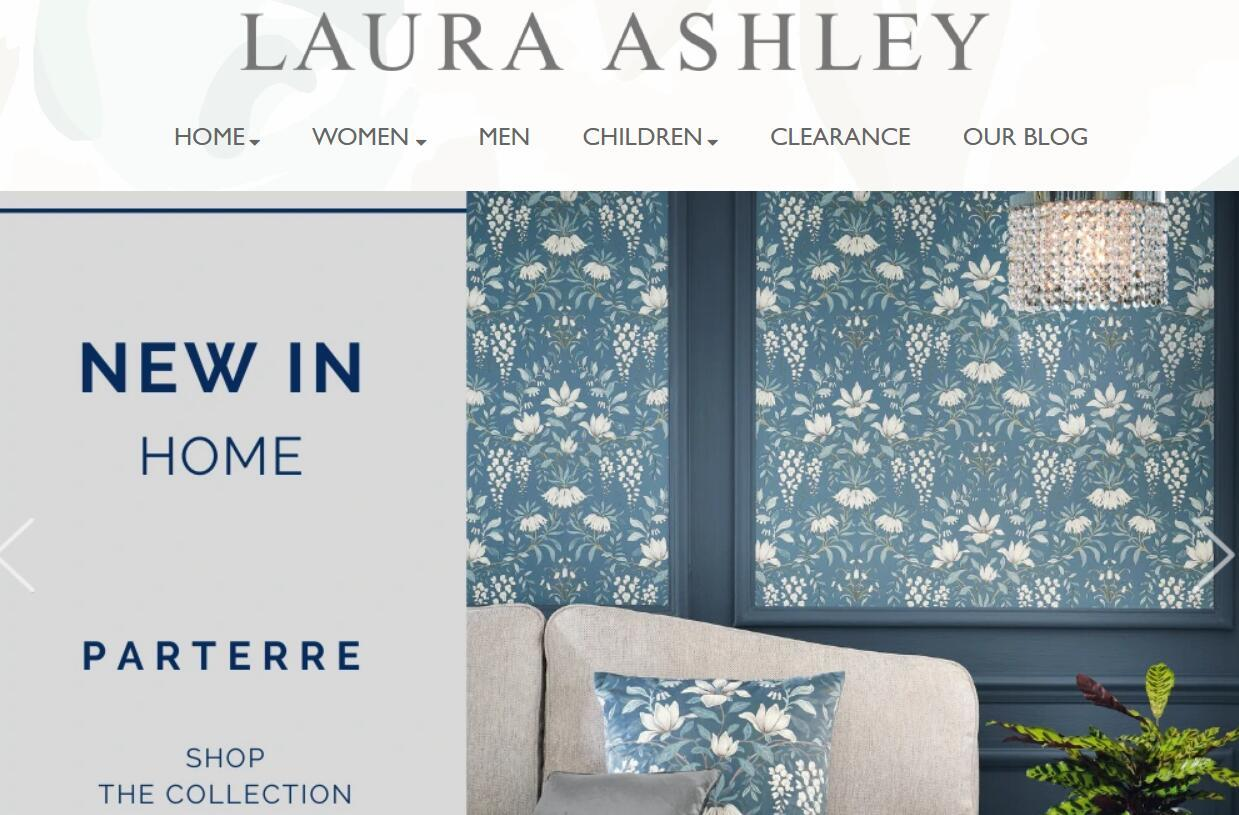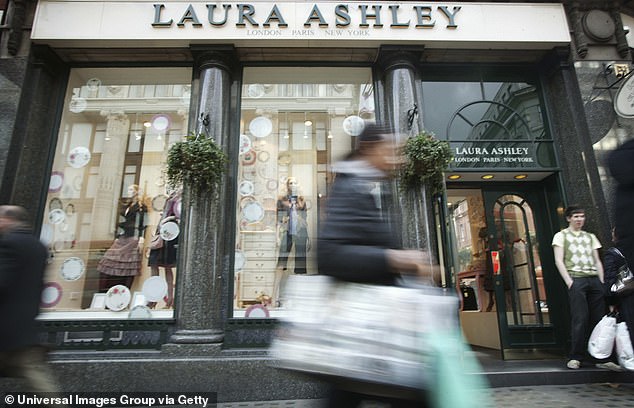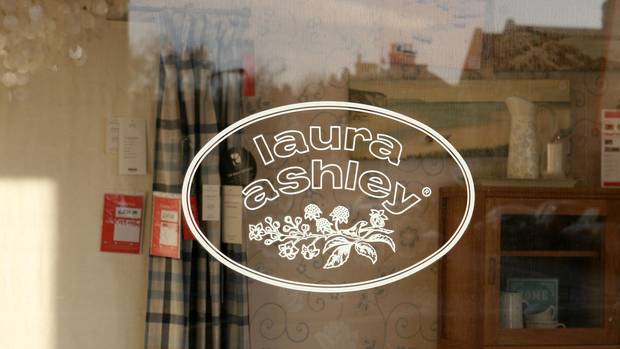China is ‘right market’ for UK retailer Laura Ashley
Laura Ashley, the British home furnishings and fashion retailer best known for its signature floral prints, is optimistic that China will be the “right market” as it turns to Asia with hopes of rejuvenating falling sales and profits.
SINGAPORE: Laura Ashley, the British home furnishings and fashion retailer best known for its signature floral prints, is optimistic that China will be the “right market” as it turns to Asia with hopes of rejuvenating falling sales and profits.
Its foray into one of the world’s biggest consumer markets, alongside other plans in Asia, will fall on the shoulders of its regional headquarters in Singapore, according to chairman Andrew Khoo.
Founded in 1953 by Welsh-born designer Laura Ashley, the brand became a leading clothing retailer in the 1970s and 1980s, with the late Princess Diana among those who fancied its flowery designs that exude a traditional English country look.
Over the past few decades, however, its fortunes have gone through a rollercoaster ride.
A failed expansion into the United States in the late 1990s put it on the verge of bankruptcy before Malaysian conglomerate MUI Group – owned by Mr Khoo’s family – stepped in with a rescue deal. MUI Group now controls the British high street brand.
More recently, fluctuations in the sterling and lacklustre sales for its homeware division, which now accounts for a major part of the business, prompted the London-listed retailer to issue three profit warnings over the last 24 months.
These woes are not unique to Laura Ashley, stressed Mr Khoo in his interview with Channel NewsAsia.
The 46-year-old, who is also the chief executive of MUI Group, said all UK retailers have had to grapple with these headwinds, ranging from the rise of e-commerce to fears surrounding Britain’s exit from the European Union. Brexit, for instance, has prompted consumers to keep a tight rein on spending.
The latest developments, with the UK Parliament rejecting Prime Minister Theresa May's Brexit deal, are within its expectations for a “challenging environment in the short to medium term”, Mr Khoo said on Wednesday (Jan 16).
As such, it has previously announced that about 40 Laura Ashley stores in the UK will be shuttered.

Concurrently, there will be a bigger push into Asia, with China being a “major focus”.
Noting that Chinese tourists make up one of the biggest spenders at Laura Ashley’s stores in Britain, Mr Khoo said this has bolstered the company’s “confidence to say that China is the right market”.
“With higher income, the Chinese population is now more well-travelled and exposed to different cultures. They also love English brands and Laura Ashley is the most quintessential British brand.”
About 15 months ago, the brand dipped its toes into the widely-coveted Chinese market by setting up a website on Alibaba’s e-marketplace Tmall.
This focus on e-commerce will continue “at least for the next 12 months”, said Mr Khoo. The opening of a physical store in China will follow when online sales hit a “critical stage”, he added without revealing a specific target.
Industry observers, like Euromonitor’s senior research analyst Jacqueline Tan, told Channel NewsAsia that Laura Ashley made the right move to adopt an e-commerce-first strategy given the prevalence of online shopping in China.
Still, the brand faces potential challenges in a market that has daunted some foreign brands. These include competition in a crowded marketplace and understanding the unique preferences of Chinese consumers.
“Creating brand equity will be crucial for Laura Ashley to justify its price positioning in a market where consumers may be unfamiliar with the brand,” added Ms Tan.
When asked about that, Mr Khoo said the brand has been seeing double-digit growth in monthly sales in China.
“Purely based on having a presence online, I think that’s very promising,” he said. “Being such a large market, there will always be opportunities for us if we enter China in the right manner.”
On what he means by “right manner”, the chairman stressed the need to find a local partner.
“Especially when the time comes to open a physical store, we’ll need to find a franchisee or joint venture partner. We will never go alone. It’s too risky.”
SINGAPORE HQ TO DRIVE EXPANSION
At the moment, a 10-man team in Singapore takes charge of the venture in China.
The local office, set up in 2015 to be the brand’s Asian headquarters, also manages the franchisees in some Southeast Asian markets where there are plans for a “more dedicated push”.
For instance, the brand has appointed a new franchise partner in Thailand and is looking to add two more locations in the country this year.
In Singapore, its only store in Orchard Road could be in for a facelift to include a Laura Ashley tea room, which would be a first in Asia.
“The UK and other European markets have matured and while we hope to continue growing these markets, I think a more significant potential is in Asia,” said Mr Khoo.
“That’s why we set up an office here in Singapore to get closer to the region.”
He stressed that the recent sale of its office building here will not thwart this strategy.
The team in Singapore has until the second quarter before it needs to vacate the existing office building in Paya Lebar. The chairman said the search for a new space “at a reasonable price” is ongoing.
“As business grows in Asia, we will continue to grow the team here.”
STAYING AHEAD
Still, the sale of the Singapore office building was a significant dent on its annual report card.
Pre-tax net profit for the year ending in June 2018 slumped 98 per cent to 100,000 pounds (about S$174,400), as it booked a 4.7 million pounds impairment charge on the value of property. The eight-storey building was sold at 30.3 million pounds to SB Investment.
“It did pull down the company’s results,” said Mr Khoo. “You can say it was a conservative view to have a stronger cash position given the headwinds.”
“The building was bought when the Singapore market was stronger. Could we hold on and wait for the market to recover? Of course we can, but how long will that take?
Noting that the office building has been under-utilised by its small team here, he added: “Since we are not a real estate company, we decided to sustain a one-year hit and take the cash.”
Even with the recent profit warnings, Mr Khoo emphasised that Laura Ashley remains a profitable business. “We just need to take a long hard look at the business and take some decisive actions.”
The shuttering of 40 stores in the UK, which will be done over the next three to four years, is one way to “right size” the business.
To appeal to a younger and more budget-conscious crowd, the company also spruced up its e-commerce platform and tweaked product offerings.
For instance, the company’s new “Editions” range features homewares designed with a contemporary twist and priced “30 to 40 per cent cheaper”.
“This will cater to consumers who love our brand but find us slightly out of reach. The modern designs with smaller sizing will also fit the lifestyles of younger consumers, who now live in smaller apartments,” said Mr Khoo.
Together with the diversification into the hospitality sector by running hotels, spas and tea rooms, the 66-year-old brand hopes to stay ahead by evolving into a “complete lifestyle experience”.
“If we remain as a fashion retailer or a home furniture retailer, we will be easily replaced or substituted,” said the newly minted chairman, who took over from his father last month.
“We have to recognise that and becoming a complete lifestyle experience that cannot be replaced elsewhere will be how we can face the threats head on.”
-

Laura Ashley bought by US investment firm
-

Coronavirus causes Laura Ashley stock price to fall by 64% and will start bankruptcy process
-

Fashion chain Laura Ashley files for administration after rescue talks are thwarted by coronavirus outbreak putting 2,700 jobs at risk
-

Laura Ashley profits wiped out as furniture sales plummet

 沪公网安备31010402003309号
沪公网安备31010402003309号



